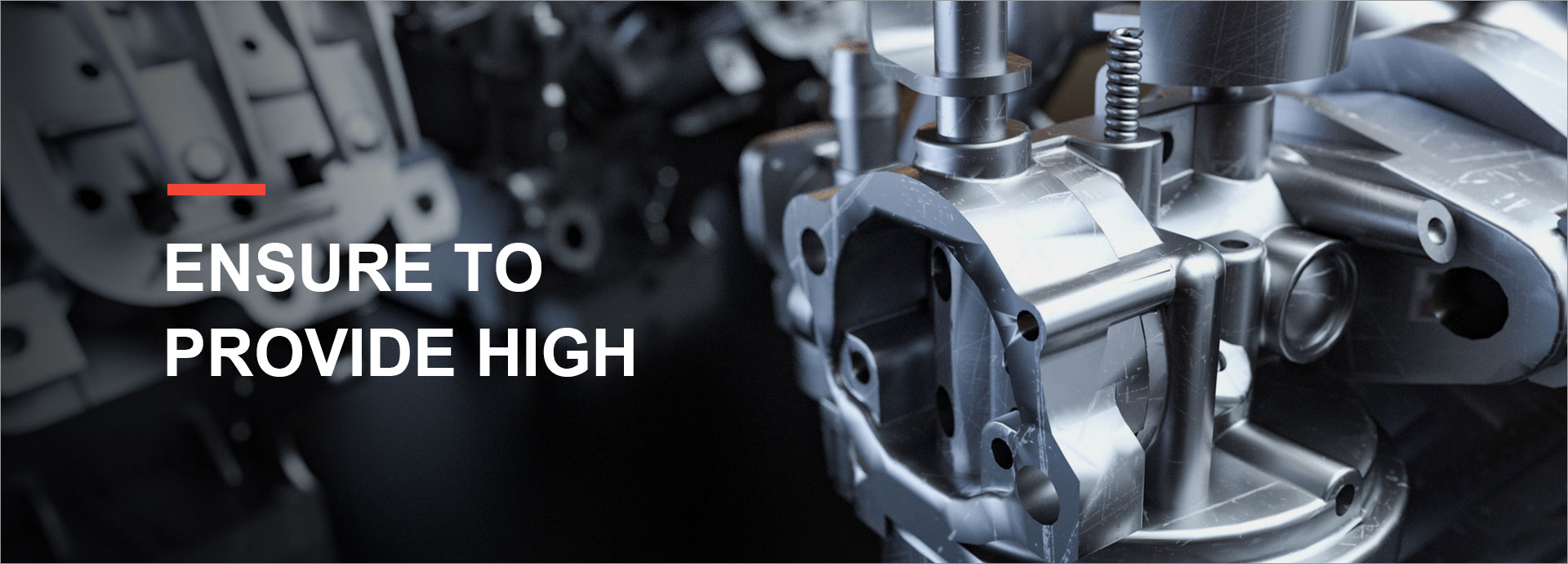What Is the Role of a Toyota Clutch Master Cylinder?
Understanding the essential components of your vehicle can lead to a safer driving experience and extended vehicle lifespan. One crucial element that many drivers overlook is the Toyota clutch master cylinder. This component plays a vital role in the overall functionality of your vehicle's transmission system, particularly for manual transmissions. In this blog post, we will explore how the Toyota clutch master cylinder works, its importance, signs of issues, and maintenance tips to ensure it operates efficiently.
If you want to learn more, please visit our website Toyota Clutch Master Cylinder.
What Is a Toyota Clutch Master Cylinder?
The Toyota clutch master cylinder is a hydraulic component that transfers force from the clutch pedal to the clutch fork, engaging and disengaging the clutch. Upon pressing the pedal, the master cylinder generates hydraulic pressure that moves fluid to the slave cylinder, allowing the clutch to function smoothly. A well-functioning clutch master cylinder is essential for seamless gear shifts and overall driving performance.
Importance of the Clutch Master Cylinder
A reliable Toyota clutch master cylinder plays several key roles in vehicle operation:
1. Engaging and Disengaging the Clutch
The primary function of the clutch master cylinder is to engage and disengage the clutch. This allows you to switch gears without damaging the transmission, making it critical for smooth operation.
2. Preventing Transmission Damage
By effectively controlling the engagement of the clutch, the master cylinder helps prevent unnecessary wear and tear on the transmission, ultimately extending its life.
3. Enhancing Driving Comfort
A well-functioning clutch master cylinder contributes to a better driving experience. Smooth gear shifts and reliable clutch engagement make driving less stressful and more enjoyable.
Signs of a Failing Clutch Master Cylinder
Being aware of potential issues with your Toyota clutch master cylinder can save you time and money on repairs:
1. Difficulty Shifting Gears
If you find it increasingly challenging to shift gears, it may indicate a problem with the master cylinder or clutch system. Make sure to have it inspected promptly.
2. Spongy Clutch Pedal
A spongy or soft clutch pedal could signify air in the hydraulic system or a malfunctioning master cylinder that isn't applying enough pressure.
3. Fluid Leaks
Noticing fluid leaks near the clutch pedal or transmission may indicate that your clutch master cylinder is faulty and needs to be replaced.
Maintenance Tips for Your Toyota Clutch Master Cylinder
Keeping your clutch master cylinder in excellent working condition is vital for vehicle performance:
1. Regular Fluid Checks
Make it a habit to inspect the hydraulic fluid level regularly. Low fluid levels can severely impact clutch performance.
2. Timely Inspections
Regularly scheduled vehicle maintenance should include checking the clutch system. A mechanic can help identify early signs of trouble.
3. Replace Old Components
If you experience any issues, don’t hesitate to replace the clutch master cylinder. Investing in quality parts can ensure the longevity of your clutch system.
For enthusiasts and industry influencers looking to share insights or collaborate, let’s connect on social platforms like Instagram or LinkedIn. Sharing knowledge and experiences enhances our understanding and keeps our vehicles running smoothly.
In conclusion, the Toyota clutch master cylinder is a crucial component that significantly affects your driving experience. By understanding its role and recognizing signs of failure, you can take proactive steps to maintain your vehicle’s performance. Remember, a well-maintained clutch system not only enhances driving comfort but also safeguards against costly repairs in the long run.
Understanding the essential components of your vehicle can lead to a safer driving experience and extended vehicle lifespan. One crucial element that many drivers overlook is the Toyota clutch master cylinder. This component plays a vital role in the overall functionality of your vehicle's transmission system, particularly for manual transmissions. In this blog post, we will explore how the Toyota clutch master cylinder works, its importance, signs of issues, and maintenance tips to ensure it operates efficiently.
What Is a Toyota Clutch Master Cylinder?
The Toyota clutch master cylinder is a hydraulic component that transfers force from the clutch pedal to the clutch fork, engaging and disengaging the clutch. Upon pressing the pedal, the master cylinder generates hydraulic pressure that moves fluid to the slave cylinder, allowing the clutch to function smoothly. A well-functioning clutch master cylinder is essential for seamless gear shifts and overall driving performance.
Importance of the Clutch Master Cylinder
A reliable Toyota clutch master cylinder plays several key roles in vehicle operation:
1. Engaging and Disengaging the Clutch
The primary function of the clutch master cylinder is to engage and disengage the clutch. This allows you to switch gears without damaging the transmission, making it critical for smooth operation.
2. Preventing Transmission Damage
By effectively controlling the engagement of the clutch, the master cylinder helps prevent unnecessary wear and tear on the transmission, ultimately extending its life.
3. Enhancing Driving Comfort
A well-functioning clutch master cylinder contributes to a better driving experience. Smooth gear shifts and reliable clutch engagement make driving less stressful and more enjoyable.
Signs of a Failing Clutch Master Cylinder
Being aware of potential issues with your Toyota clutch master cylinder can save you time and money on repairs:
1. Difficulty Shifting Gears
If you find it increasingly challenging to shift gears, it may indicate a problem with the master cylinder or clutch system. Make sure to have it inspected promptly.
2. Spongy Clutch Pedal
A spongy or soft clutch pedal could signify air in the hydraulic system or a malfunctioning master cylinder that isn't applying enough pressure.
3. Fluid Leaks
Noticing fluid leaks near the clutch pedal or transmission may indicate that your clutch master cylinder is faulty and needs to be replaced.
Maintenance Tips for Your Toyota Clutch Master Cylinder
Keeping your clutch master cylinder in excellent working condition is vital for vehicle performance:
1. Regular Fluid Checks
Make it a habit to inspect the hydraulic fluid level regularly. Low fluid levels can severely impact clutch performance.
2. Timely Inspections
Regularly scheduled vehicle maintenance should include checking the clutch system. A mechanic can help identify early signs of trouble.
3. Replace Old Components
If you experience any issues, don’t hesitate to replace the clutch master cylinder. Investing in quality parts can ensure the longevity of your clutch system.
For enthusiasts and industry influencers looking to share insights or collaborate, let’s connect on social platforms like Instagram or LinkedIn. Sharing knowledge and experiences enhances our understanding and keeps our vehicles running smoothly.
In conclusion, the Toyota clutch master cylinder is a crucial component that significantly affects your driving experience. By understanding its role and recognizing signs of failure, you can take proactive steps to maintain your vehicle’s performance. Remember, a well-maintained clutch system not only enhances driving comfort but also safeguards against costly repairs in the long run.
If you are looking for more details, kindly visit Fkm Oil Seals.


